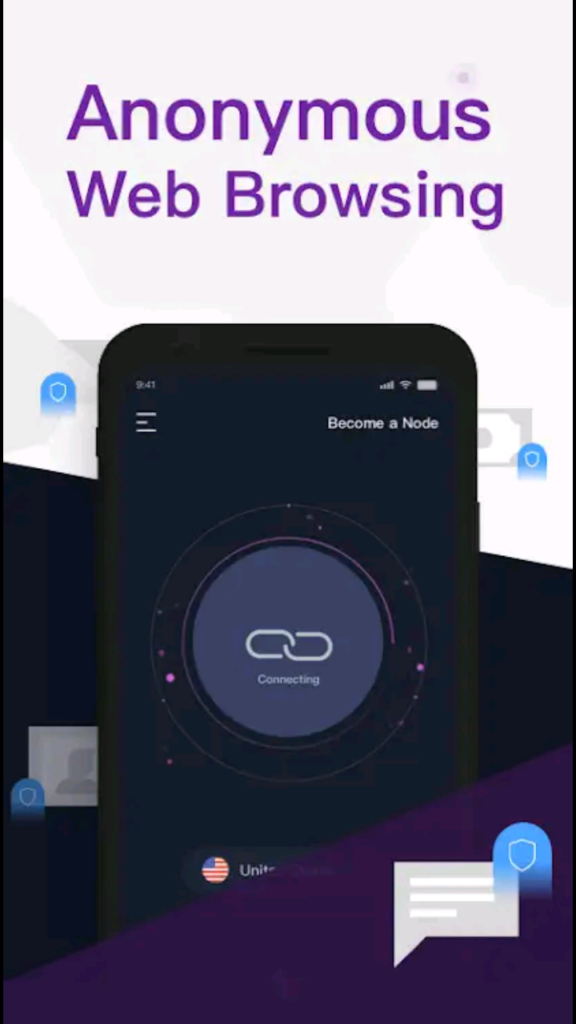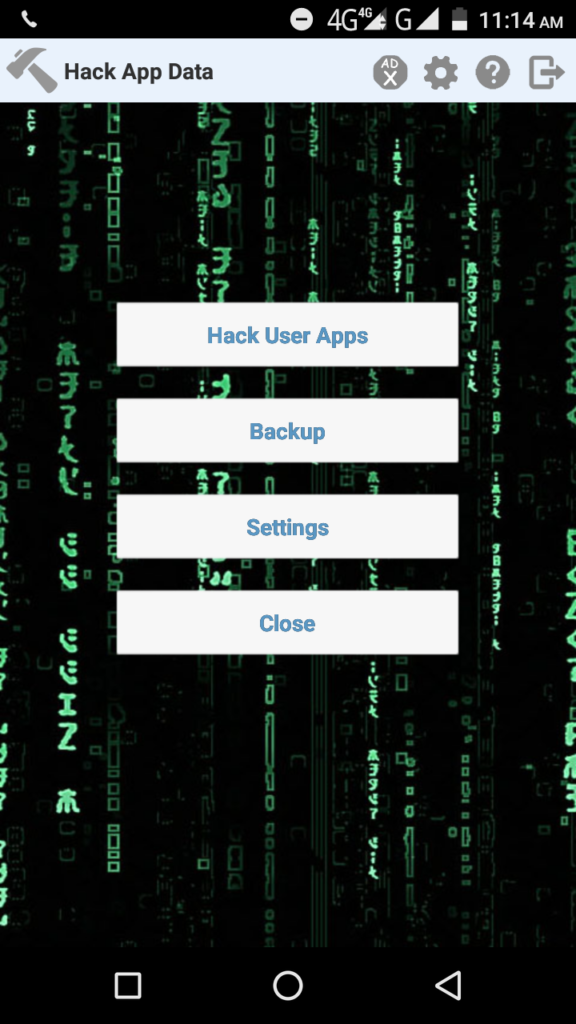Crop and VPN?
Virtual Private Network (VPN) technology in conjunction with Windows Server 2003 helps provide and protect temporary password control. VPN administrators help users access the Internet to provide low levels of WAN access and security. In Windows Server 2003, a VPN is run using a remote and a remote network. A VPN is part of a unified network approach that includes authentication, licensing and integration of advanced network security technologies.
These are both options that allow secure communication between private networks and provide access to remote users.
A connection or payment line.
A telephone connection or a rental line fixes a physical connection with a remote server for a private internet connection. However, using the Internet or leasing lines to access the Internet is expensive compared to the cost of using a VPN connection.
VPN connection
VPN connections use third-party networks, such as Point-to-Point Protocol (PPTP) or Layer 2 / Internet Protocol (L2TP / IPSec) over the Internet. Using the Internet as a communication tool, VPN saves long-distance calls and the cost of connected devices through phone charges or payments. VPN solutions come with advanced technologies such as data storage, authentication, authentication and Internet access.
notice
Remote device setup is verified and verified when network configuration is used to mitigate remote network access.
VPN allows administrators to connect to external agents or phones (VPN clients) on a private network. Many users can do this when connected to a computer network. To this end, VPN clients can use the Network Security profile to establish a connection to a VPN server. The VPN server can connect to the Internet Authentication Service (IAS) server until the VPN client or VPN server approves, approves, and manages the session. All services available to clients connected to the LAN (including file and printing, access to servers and the Internet) via VPN.
VPN clients use the right access tools. For example, users can use Windows Explorer to create a disk access and connect to a printer. Static experience: Users do not need to connect to network companies during a VPN. Because VPNs support the Convention on Common Names and Unity Entity (UNC), many businesses and cultures will work well.
VPN settings.
A VPN is a communication link between a network or a public network, such as the Internet. A VPN client uses a special TCP / IP protocol, called a tunneling protocol, to call a signed VPN server over a real port. In the VPN interface, the client initiates a network connection using a remote server. The remote responding server then invites calls, allows phone calls, and sends between a VPN client and a group of people.
To cut a doctor’s URL, you need to load or index the topic. Explain how you would like to change responsibilities or make people use public spaces to reach their destination. In order to write a unique URL, the information is continuously encrypted. Packages distributed or blocked by websites may not be stored without the use of encryption key. Sensitive and confidential information connection is known as VPN connection.
VPN connection.
There are two types of VPN connections.
Remote Access for VPN.
VPN page
Remote Access for VPN.
Remote Client VPN Clients who work from home or on the Internet can access private servers using a public-access server, such as an Internet infrastructure. From the user’s point of view, there is a connection between the client VPN (VPN) and the agency server. Localization of people or parts of a connected community is not necessary because information seems to be transmitted through the Internet.
Linking websites and VPN sites (also known as VPN router-routers) allows an organization to create communication paths between offices or other organizations within a given organization. while a public network helps maintain secure communications. An Internet VPN connection logically acts as a WAN link. If the network is connected to the Internet, as shown in the following illustration, the router will wait for the packet through a VPN connection to another router. For routers, the VPN connection acts as a link in the data layer.
A VPN connection that connects both sides of a private network. The VPN server provides the network connection path you use to access the VPN server. The call router (VPN client) identifies the router (VPN server) and for some reason answers the router calling the router. On local VPN sites, packets sent via VPN connection paths do not usually originate from these paths.
Connecting to a VPN Two remote Internet areas

VPN features
PPTP and PPTP based VPN connection features are described in the following sections.
container
VPN provides a way to encrypt your private data with a header that can be used to transfer data over the network.
Pagpanghimatuud
There are three types of VPN authentication:
Justify the user
To set up a VPN connection, the VPN server checks the connection attempts of the VPN client and ensures that the VPN client has the appropriate privileges. When authentication is used, the VPN client also provides a VPN server that provides protection against hidden VPN servers.
PPTP or L2TP / IPSec users who test PPP connections are authenticated using authentication protocols such as Secure Transport Layer Authentication (EAP-TLS), Microsoft Challenge-Handshake Protocol (MS-UP), Microsoft Protocol Challenge-Handshake Authentication Version 2 (MS-UP v2), Shiva Password Authentication Protocol (SPAP), and Password Authentication Protocol (PAP). PPTP connections must use EAP-TLS, MS-UP or MS-UP v2. EAP-TLS using smart cards or MS-UP v2 is highly recommended as it provides mutual authentication and is the safest way to exchange credentials.
L2TP / IPSec authentication
By customizing IPSec at the computer level, L2TP / IPSec connections protect remote clients’ access to the computer.
Data Authentication and Integrity
To ensure that information transmitted over an L2TP / IPSec VPN connection begins at the other end of the connection and that transmission is unchanged, L2TP / IPSec packets have encryption check based on the sender and receiver encryption key. .
Data encryption
The data can be encrypted between the end of the VPN connection. Data protection should always be used for VPN connections where private data is transferred over a public network such as the Internet. Unencrypted information is easily accessible due to unauthorized interference. Use VPN, routing, and remote access with Microsoft point-to-point encryption (MPPE) with PPTP and IPSec L2TP encryption.
Specify the server name and server name
Once the VPN server is configured, a virtual interface is created that represents the interface through which all VPN connections are made. When a VPN client establishes a VPN connection, the virtual interface is the interface that is connected to the VPN server through the VPN server. A VPN virtual client interface is connected to a VPN virtual server interface that creates a point-to-point VPN connection.
Click Here For Video <<<

Download Now <<<

User IDz …
426613195975743
426613195997779
426613195997881


